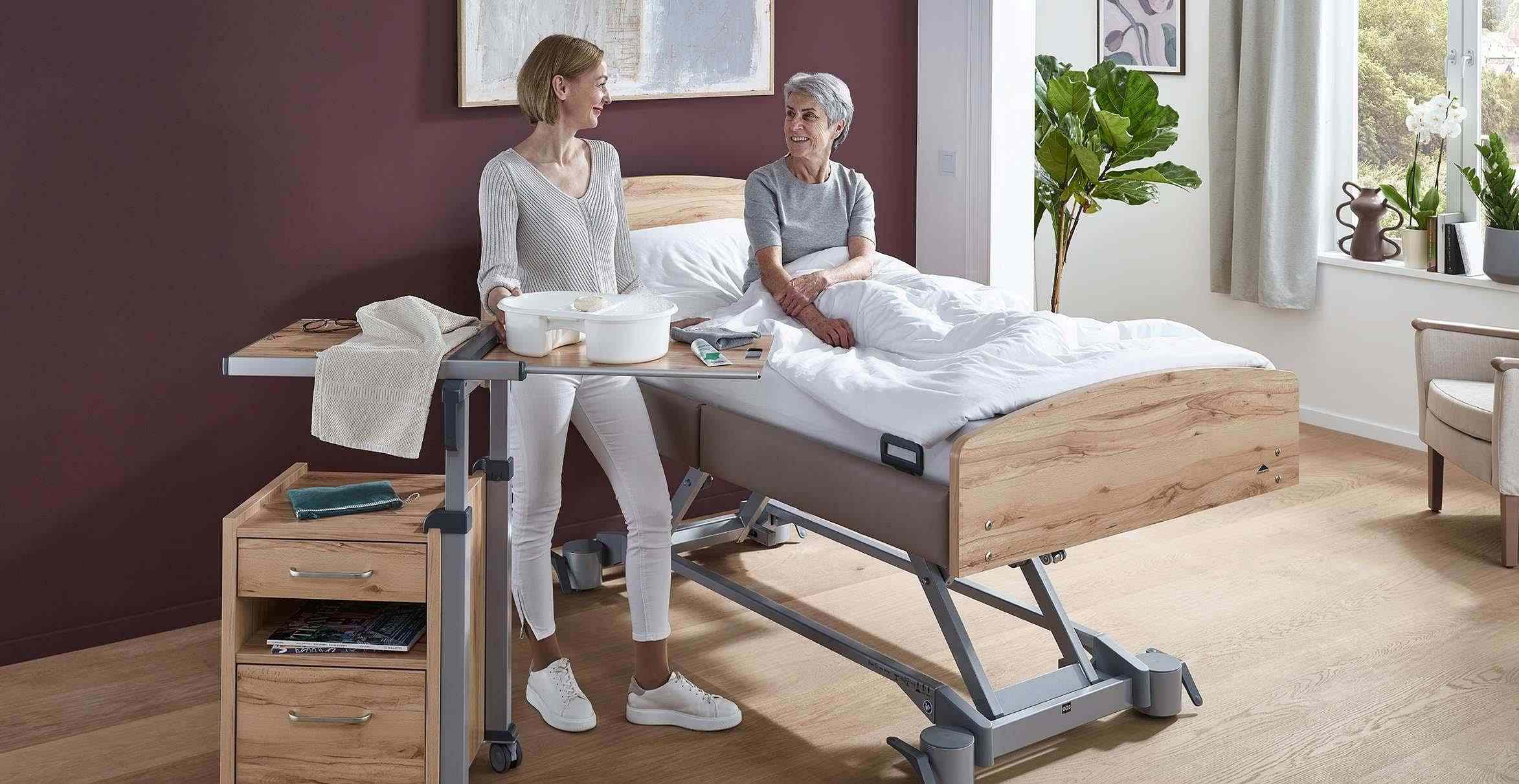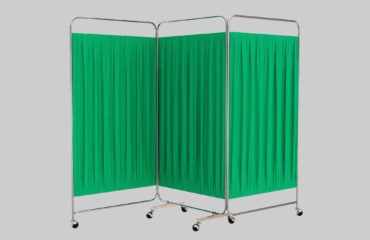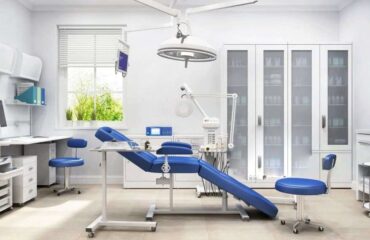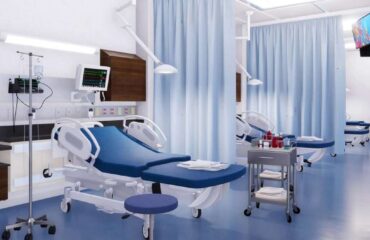Hospital bedside lockers are small storage units typically found next to a patient’s bed in a hospital room. They serve multiple purposes and are designed to provide convenience and functionality for both patients and healthcare staff. Here’s a breakdown of their key features and uses:

Storage: These lockers usually have drawers or compartments where patients can store personal items, such as clothing, toiletries, and other essentials.
Surface: The top surface can be used as a table for meals, reading materials, or placing medical equipment like monitors or charts.
Mobility: Many bedside lockers have wheels, making them easy to move around within the room.
Security: Some models come with locking mechanisms to secure valuable items.
Materials: They are often made from durable, easy-to-clean materials like stainless steel, plastic, or wood laminate to maintain hygiene in the hospital environment.
Convenience for Patients: Allows patients to keep personal belongings within easy reach.
Medical Storage: Can hold medical supplies, medications, or devices necessary for patient care.
Dining Surface: Some lockers have over-bed tray options for meal times or other activities.
Features of Hospital Bedside Lockers:
Multiple Storage Compartments:
Drawers and Shelves: These lockers typically have one or more drawers or shelves where patients can store personal items such as clothing, books, phones, or toiletries.
Hidden Compartments: Some lockers have hidden compartments for additional storage of valuable items.
Durable Materials:
Stainless Steel, Plastic, or Wood Laminate: Lockers are made from durable and easy-to-clean materials, which are essential for maintaining hygiene in a healthcare setting.
Anti-microbial Surfaces: Some models feature surfaces that are resistant to bacterial growth, contributing to infection control.
Top Surface Utility:
Flat Top for Multi-Purpose Use: The top of the locker can be used as a table for meals, placing medical equipment, or patient belongings like books, phones, etc.
Over-bed Table Attachment: Some bedside lockers come with an extendable tray that can be positioned over the bed for eating, reading, or other activities.
Mobility:
Wheels/Casters: Many lockers are equipped with wheels, allowing them to be easily moved around the room for the patient’s convenience or during cleaning.
Locking Mechanism:
Security Features: Some lockers have locks to secure the patient’s valuables, providing peace of mind to patients and visitors.
Customization:
Adjustable Shelves and Drawers: Lockers can have adjustable compartments to fit various storage needs.
Colors and Designs: Available in different colors and styles to match the hospital’s design and create a more pleasant environment.
Importance of Hospital Bedside Lockers
Improves Patient Comfort:
Patients can keep personal items close at hand, enhancing their comfort during their hospital stay. This sense of control over their personal space can have positive psychological effects, especially during long-term admissions.
Increases Accessibility:
Essential items, such as medications, glasses, or communication devices, are readily accessible to patients, reducing the need to call nurses frequently for assistance.
Enhances Hygiene and Infection Control:
With proper material choices and design, bedside lockers can help maintain cleanliness in the hospital room. Easy-to-clean surfaces prevent the buildup of germs and bacteria, contributing to the overall hygiene of the patient’s environment.
Assists Healthcare Staff:
The organized compartments allow nurses and other healthcare professionals to store essential medical supplies close to the patient, streamlining care and making it more efficient.
Encourages Independence:
Having personal belongings easily within reach enables patients to perform certain tasks on their own, encouraging independence and contributing to their recovery process.
Organizational Benefits:
Bedside lockers help maintain a clutter-free environment, improving the overall organization of the hospital room. This makes it easier for both patients and staff to find items quickly when needed.


